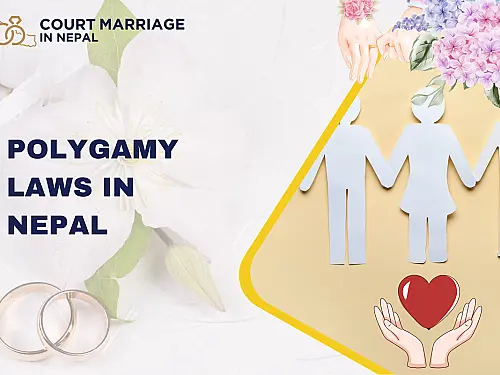Divorce is the legal termination of a marriage relationship between a husband and a wife. Divorce can be a stressful and painful process for both parties involved, as well as their children and families. Therefore, it is important to understand the divorce laws and procedures in Nepal before deciding to file for divorce.
According to the National Civil Code 2074, which is the main law governing divorce in Nepal, there are two types of divorce: divorce by mutual consent and divorce by court order.
Divorce by mutual consent
Divorce by mutual consent is the easiest and fastest way of getting a divorce in Nepal. It is based on the agreement of both spouses to end their marriage without any dispute or conflict. To file for divorce by mutual consent, the spouses need to fulfill the following conditions:
- They must have been living separately for at least three years without any physical or sexual contact.
- They must have settled their issues regarding property division, alimony, child custody, and child support.
- They must submit a joint petition to the district court where they last resided together or where either of them currently resides.
- They must appear before the court personally and confirm their consent for divorce.
The district court will review the petition and the supporting documents and issue a divorce certificate within two working days if it finds no legal obstacle or objection. The divorce certificate will be effective from the date of its issuance.
The advantages of divorce by mutual consent are:
- It saves time and money as it does not require a lawyer or a long legal process.
- It reduces stress and hostility as it avoids any litigation or confrontation between the spouses.
- It preserves dignity and privacy as it does not expose any personal or sensitive information to the public.
The disadvantages of divorce by mutual consent are:
- It requires the cooperation and agreement of both spouses, which may not be possible in some cases.
- It may not protect the rights and interests of the weaker or vulnerable spouse, especially if there is any coercion or manipulation involved.
- It may not address the underlying causes or consequences of the marital breakdown, such as domestic violence, infidelity, addiction, etc.
Divorce by court order
Divorce by court order is the alternative way of getting a divorce in Nepal when there is no mutual consent between the spouses. It is based on the grounds or reasons for divorce that are specified in the law. To file for divorce by court order, one of the spouses needs to file a lawsuit against the other spouse in the district court where they last resided together or where either of them currently resides. The spouse who files the lawsuit is called the plaintiff and the other spouse is called the defendant.
The grounds for divorce by court order are different for husbands and wives. According to Article 94 of the National Civil Code 2074, a husband can file for divorce on the following grounds:
- His wife has been living separately from him for more than three years without his permission.
- His wife has denied him subsistence or expelled him from their home.
- His wife has attempted or intended to cause physical or mental harm to him, endanger his life, or inflict bodily injury on him.
- His wife has had sexual intercourse with another person.
According to Article 95 of the National Civil Code 2074, a wife can file for divorce on the following grounds:
- Her husband has been living separately from her for more than three years without her permission.
- Her husband has denied her subsistence or expelled her from their home.
- Her husband has attempted or intended to cause physical or mental harm to her, endanger her life, or inflict bodily injury on her.
- Her husband has married another woman.
- Her husband has had sexual intercourse with another person.
- Her husband has raped her.
The district court will hear both sides of the case and examine the evidence and witnesses presented by them. The court will also consider the best interests of any children involved and may order mediation or counseling if necessary. The court will grant a divorce decree if it finds sufficient proof of any grounds for divorce. The divorce decree will be effective from the date of its issuance.
The advantages of divorce by court order are:
- It allows one spouse to file for divorce even if the other spouse does not agree or cooperate.
- It protects the rights and interests of the aggrieved or innocent spouse who has suffered from any wrongdoing or injustice by the other spouse.
- It addresses the serious issues or problems that have caused or resulted from the marital breakdown, such as violence, adultery, polygamy, etc.
The disadvantages of divorce by court order are:
- It takes time and money as it requires a lawyer and a long legal process.
- It increases stress and hostility as it involves litigation and confrontation between the spouses.
- It exposes personal and sensitive information to the public and may affect reputation and social status.
Conclusion
Divorce is a complex and sensitive matter that requires careful consideration and preparation. Before filing for divorce, it is advisable to consult a legal expert or an IP office to understand your rights and obligations, as well as the implications and consequences of your decision. You should also try to resolve your issues amicably with your spouse if possible, as it may save you from unnecessary trouble and hardship. However, if you decide to file for divorce, you should choose the type of divorce that suits your situation best: divorce by mutual consent or divorce by court order.




-thumb.webp)

